The Maharaja of Elveden
Elveden was given by the British to a certain Maharaja Duleep Singh in return for the loss of his kingdom in Punjab .

The writer is a barrister of Lincoln’s Inn and has a degree in English Literature and Economics from Bryn Mawr College, US
Duleep Singh’s story begins many years before his birth, starting perhaps in 1799 when the 18-year-old Ranjit Singh, who had, in his childhood, lost one eye to smallpox, conquered Lahore. Less than two years later he was crowned the Maharaja of Punjab and over the next few years came to rule an empire stretching from the tip of Punjab in the south, to the borders of Afghanistan in the west, Kashmir in the north and Himachal Pradesh and Haryana in the east. However, it was not his military prowess alone that made him a formidable opponent, but his rare ability to unite Sikhs, Hindus and Muslims under a single flag.
Duleep Singh came into focus only in 1843, four years after Ranjit Singh’s death when he inherited his father’s throne as a mere 5-year-old and began his rule under the regency of his mother, Jind Kaur. This phase, however, was short lived. Only six years later, the British, with the usual help of insiders, defeated the Sikh army (in what came to be known as the Second Anglo-Sikh war) and deposed the 11-year-old Duleep Singh. He was separated from his mother, who was placed in prison, made to hand over his vast lands and jewels, including the glorious Kohinoor, which remains part of the British Crown Jewels till today, and ultimately exiled to England.
From then until he died at 55, Duleep Singh returned to India only on two tightly controlled visits — one, to bring his mother to England and the other to scatter her ashes — on neither of which he was allowed to visit Lahore. His life in England, however, was glamorous: He formed part of Queen Victoria’s entourage on many an occasion, lived expensively on the income given to him by the British in lieu of his empire, and devoted his time to shooting and hunting. He married twice: his first wife, Bamba Muller, was the illegitimate daughter of a German banker and his Abyssinian mistress, with whom he had six children, and his second, was Ada Douglas Wetherill, with whom he had two more.
Duleep Singh’s extravagant life, however, perhaps hid a restless soul. Some say that Duleep Singh had converted to Christianity at the age of 15. It is not clear, however, whether this conversion was entirely voluntary. At any event, whilst living in England he made an attempt not only to reacquaint himself with his religion but also to return to his people. In 1884, he set sail for India, but the British Government intercepted and arrested him in Aden. He lived out his remaining years in Europe, and died in Paris in 1893. Even his desire to be buried in India was not fulfilled and he was buried in England according to Christian rites.
Elvedon was auctioned to repay his substantial debts. His children—three sons and five daughters—died childless, bringing to an end the direct line of Sikh royalty. Their link with the land of their ancestors, however, could not be completely severed. In 1924 his eldest daughter, Princess Bamba, returned to India to finally bury her grandmother’s ashes in Lahore. She settled in Lahore and married the principal of King Edward College, Mr David Sutherland, and it was there that she was buried when she died in 1957 after a quiet funeral arranged by her secretary, Pir Karim Bukhsh. The sole reminder of her existence is her collection of paintings, which were sold to the Government of Pakistan and are kept in the Lahore Fort.
Published in The Express Tribune, July 9th, 2013.
Like Opinion & Editorial on Facebook, follow @ETOpEd on Twitter to receive all updates on all our daily pieces.







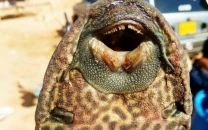

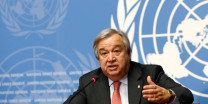

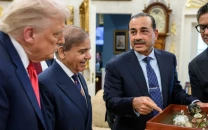
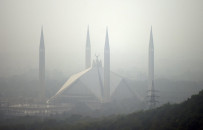




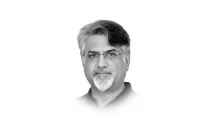
COMMENTS
Comments are moderated and generally will be posted if they are on-topic and not abusive.
For more information, please see our Comments FAQ